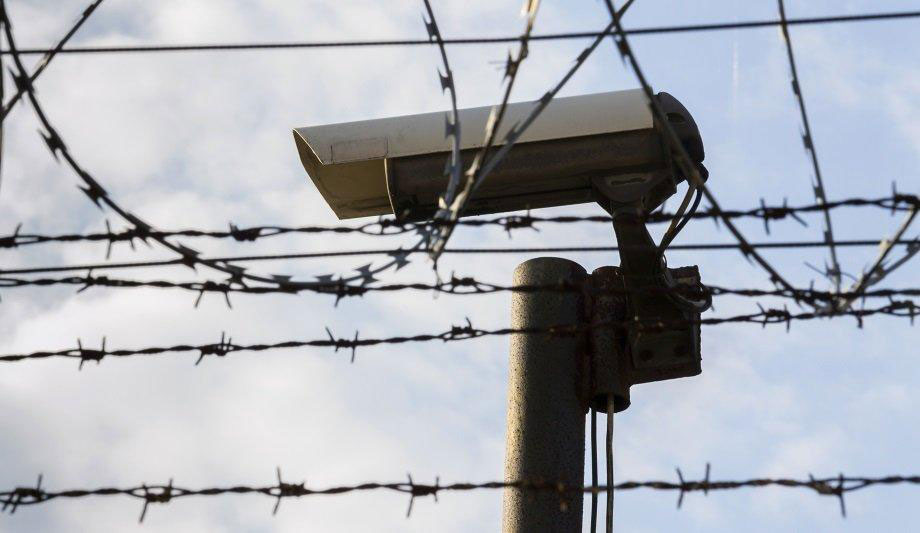SecurityInformed.com: How Well Do Systems Meet Video Surveillance Needs In Prisons?
October 26, 2021
Original Q&A posted by Larry Anderson, Editor, via
SecurityInformed.com.

Keeping prisoners safely housed is among the biggest challenges the security industry faces. Correctional applications of security technology are often more extreme and require a specialized mix of technologies. We asked our Expert Panel Roundtable:
What are the video security and surveillance needs in prisons, and how well do technologies meet those needs? Are there any ethical qualms about selling to prisons?

Mark Allen, Identiv
The challenges of securing a prison are unique. While traditional security methods like visitor management and perimeter surveillance still apply, you must also consider the complex challenges of prisoner safety and regulatory requirements. Modern security technology is up to the challenge. Physical access control and identity management systems are mission-critical and must be designed to be flexible, reliable, connected, and secure at all times. There is technology today that can do all of that, as well as offer secure visitor controls, access to cyber resources, asset tracking, and attack prevention. Ethically, prisons have an obligation to provide an equal or possibly increased emphasis on security than other organizations. Prisons are designed to be among the world’s most secure facilities and therefore require government-grade physical access solutions.
Rick Taylor, Genetec, Inc.
Prisons have diverse needs as they balance the security requirements of protecting employees, visitors, and residents. Physical security systems are essential in providing effective security and preventing incidents of violence, drug use, and improper conduct. However, many correctional facilities still rely on outdated analog systems. Thankfully, the latest advancements in video surveillance technology enable facilities to upgrade their systems to provide comprehensive monitoring of residents when transported to and from a facility, using on-board video solutions. With a unified security system that includes video monitoring, intercom, incident management, digital evidence management – as well as third party systems like building management and fire alarm systems – prisons can also ensure a heightened level of safety for everyone within the building, and allow officers to be more efficient. Correctional facilities now also have access to privacy protection software that automatically blurs and masks sensitive video and anonymizes people to protect privacy.
Rebecca Wormleighton, Zendelity
Surveillance is needed in prisons to protect employees and those incarcerated. Death while in custody often results in the authorities being accused of abuse, neglect, racism and cover-ups. The challenge with video surveillance stems back to privacy; there are some places video is not acceptable. Therefore, areas where there is no visibility require physical inspections to ensure safety. The issue is, there is no way to verify if the inspection was completed, did they go into the back corner and physically check on the inmate or did they merely glance in and walk by? With the latest advancements in technology, we can ensure that even the smallest of areas are physically inspected without the need for video. We can confirm who inspected what and when, adherence to guidelines, and provide the data to prove it, thus making dispute resolution simpler while improving safety without compromising privacy.
Rick Holmes, Hanwha Techwin America
Video surveillance in a prison is there for the safety and security of both the inmates and the staff. It also helps facilities comply with federal mandates that specify, for example, that cross-gender viewing is prohibited and that staffing plans documented to adequately protect inmates. Cameras must have privacy masking technology, and a VMS must support user-based rights and permissions. Cameras must be able to withstand shock and abuse while anti-ligature corner mount cameras are typically deployed in areas where inmates might try and harm themselves. AI-based cameras can detect people and clothing color, alerting staff when an inmate is in a restricted area. Video can also minimize contraband indoors and out. Properly deployed and managed, video surveillance can help reduce the amount of staffing required within a facility. Because video surveillance is there to protect both inmates and corrections officers, I see no ethical qualms about selling into prisons.
Editor Summary
Ensuring privacy in prisons may require masking certain areas in a captured video view. Possible vandalism requires that equipment be installed to withstand shock and abuse. Technology can also be used to ensure compliance by prison personnel. These are just a few of the uses of security technology to meet the needs of jails and prisons.